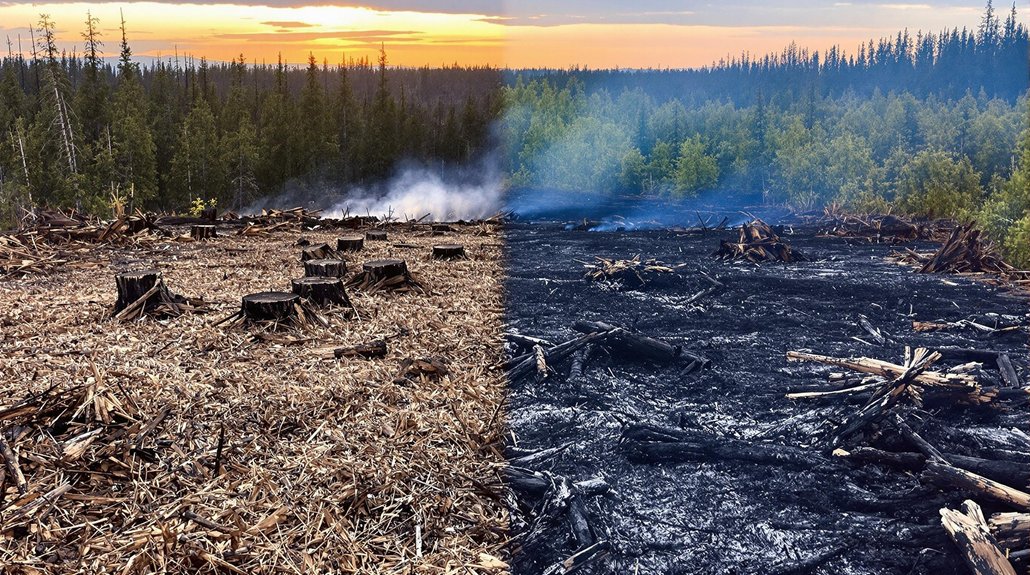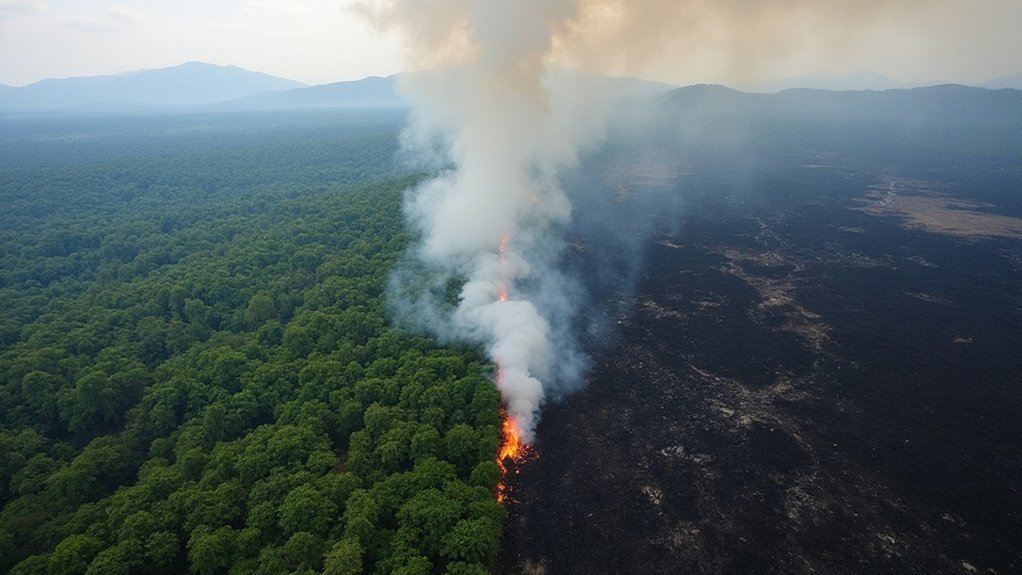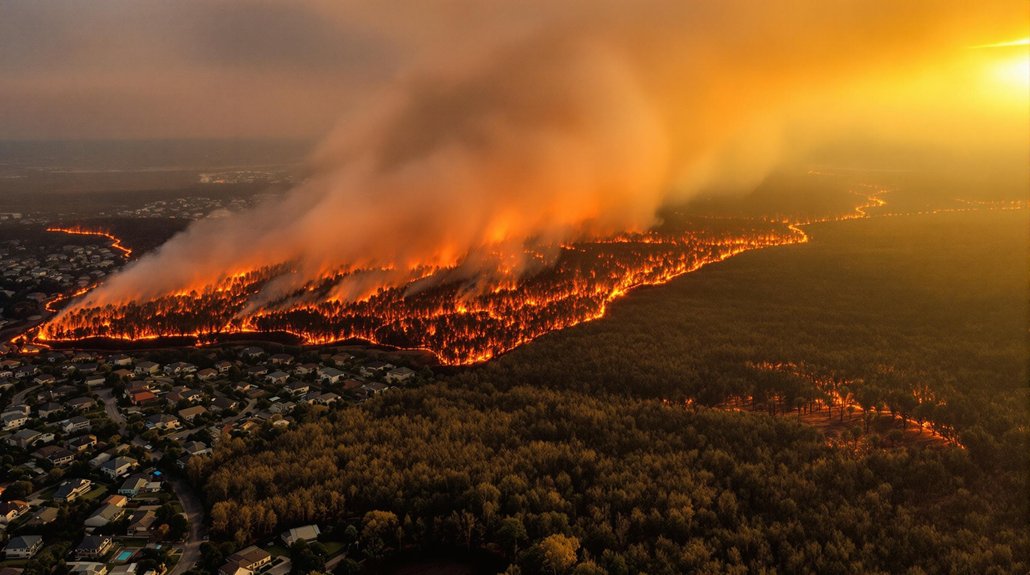The White House is considering major changes to forest management across the nation. Officials are looking at methods like forest thinning and controlled burns to reduce wildfire risks. These approaches aim to create healthier forests that can better withstand fires. The shift comes as communities face increasingly destructive wildfires each year. Scientists support these techniques, but questions remain about implementation costs and whether these changes will come soon enough to protect vulnerable areas this fire season.
As wildfires grow increasingly severe across the country, forest management practices are undergoing considerable changes to address the mounting crisis. The White House is considering radical shifts in strategies to prevent devastating fires that have destroyed communities and ecosystems in recent years.
Experts point to thinning overgrown forests as a key practice in reducing fire intensity. By removing excess vegetation and creating proper spacing between trees—typically 6-10 feet for evergreens—forest managers can considerably slow fire spread. These practices improve forest health by giving remaining trees better access to water and sunlight.
Strategic forest thinning creates crucial spacing between trees, reducing fire intensity while improving overall ecosystem health.
Controlled burns are another critical component in the management plan. These prescribed fires safely eliminate accumulated debris and underbrush during low-risk weather conditions. They also create natural fire breaks and mimic the beneficial fire cycles that forests evolved with. Local communities receive controlled burn notices from officials with specific locations and dates so residents can prepare accordingly.
Climate change has complicated these efforts, as prolonged droughts and rising temperatures increase wildfire risks. Forest management strategies now increasingly focus on climate-resilient practices, including diversifying tree species and ages to enhance ecosystem resilience. Similar to how dam placement affects river ecosystems, careful consideration of watershed health is essential when implementing forest management strategies.
The federal government has begun implementing policies like the Fix Our Forests Act to expedite management projects. This legislation promotes science-based restoration and encourages collaboration among federal, state, and tribal entities to address the crisis more efficiently.
The stakes are high, with forest management protecting approximately $700 billion worth of housing and critical infrastructure. More than 550 communities and 1,800 watersheds benefit from reduced wildfire threats. Additionally, properly managed forests support timber industries while maintaining sustainability.
Forest Service researchers are developing new approaches based on scientific findings. These efforts aim to balance wildfire resilience with ecological health and economic sustainability—a complex challenge as climate conditions worsen.
With bipartisan support growing for proactive forest management, many hope these shifts will help reduce the devastating impacts of wildfires that have become all too common in recent years.
Statistics show that unmanaged forests are twice as likely to burn compared to forests that receive proper management interventions.









